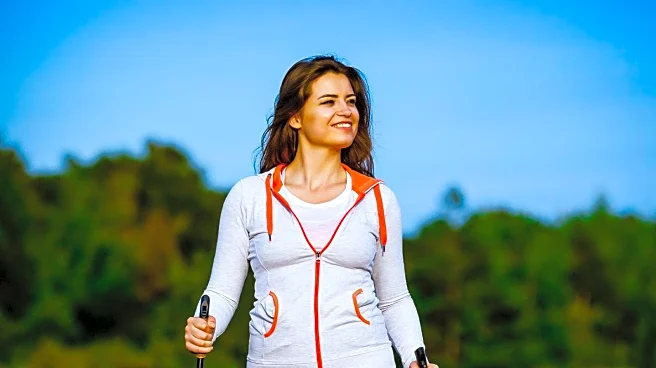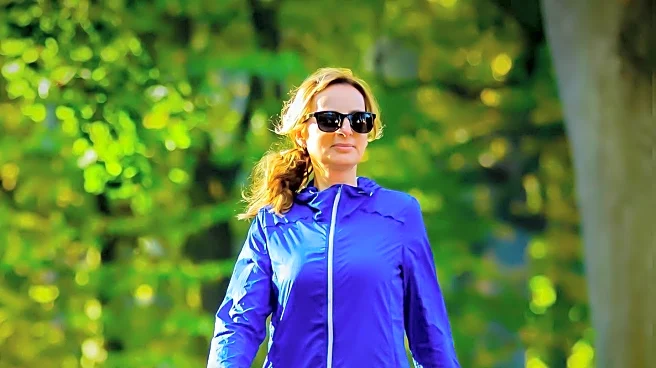Rapid Read • 8 min read
Medical professionals, including Dr. Hussain Ahmad and Dr. Suzanne Wylie, emphasize the health benefits of brisk walking as a form of exercise. According to Dr. Ahmad, walking briskly for at least 150 minutes a week can significantly reduce the risk of heart disease, improve mood, and aid in weight management. Dr. Wylie concurs, noting that walking for 30 minutes daily can help manage stress and improve sleep quality. Both experts agree that while walking is effective for maintaining general health, incorporating resistance or bodyweight exercises twice a week can enhance fitness by building muscle strength and improving balance.
AD
The emphasis on brisk walking highlights its accessibility and effectiveness in promoting cardiovascular health, lowering blood pressure, and reducing the risk of chronic diseases such as heart disease, stroke, and diabetes. This form of exercise is particularly beneficial for older adults, as it strengthens muscles and bones, which are crucial for maintaining mobility and preventing falls. The recommendation to include strength training underscores the importance of a balanced exercise routine that supports overall health and fitness, addressing the need for muscle building and bone density improvement.
Individuals are encouraged to integrate brisk walking into their daily routines, aiming for consistency to reap long-term health benefits. As awareness of the importance of physical activity grows, healthcare providers may increasingly advocate for walking as a primary form of exercise, potentially influencing public health policies and community programs designed to promote active lifestyles. Additionally, the integration of strength training exercises could become more prevalent in fitness recommendations, particularly for aging populations.
The focus on walking as a viable exercise option reflects broader societal shifts towards more sustainable and accessible health practices. As people seek cost-effective and low-impact ways to stay active, walking offers a practical solution that can be easily incorporated into daily life. This trend may also influence urban planning and community design, encouraging the development of pedestrian-friendly environments that support active living.
AD
More Stories You Might Enjoy










